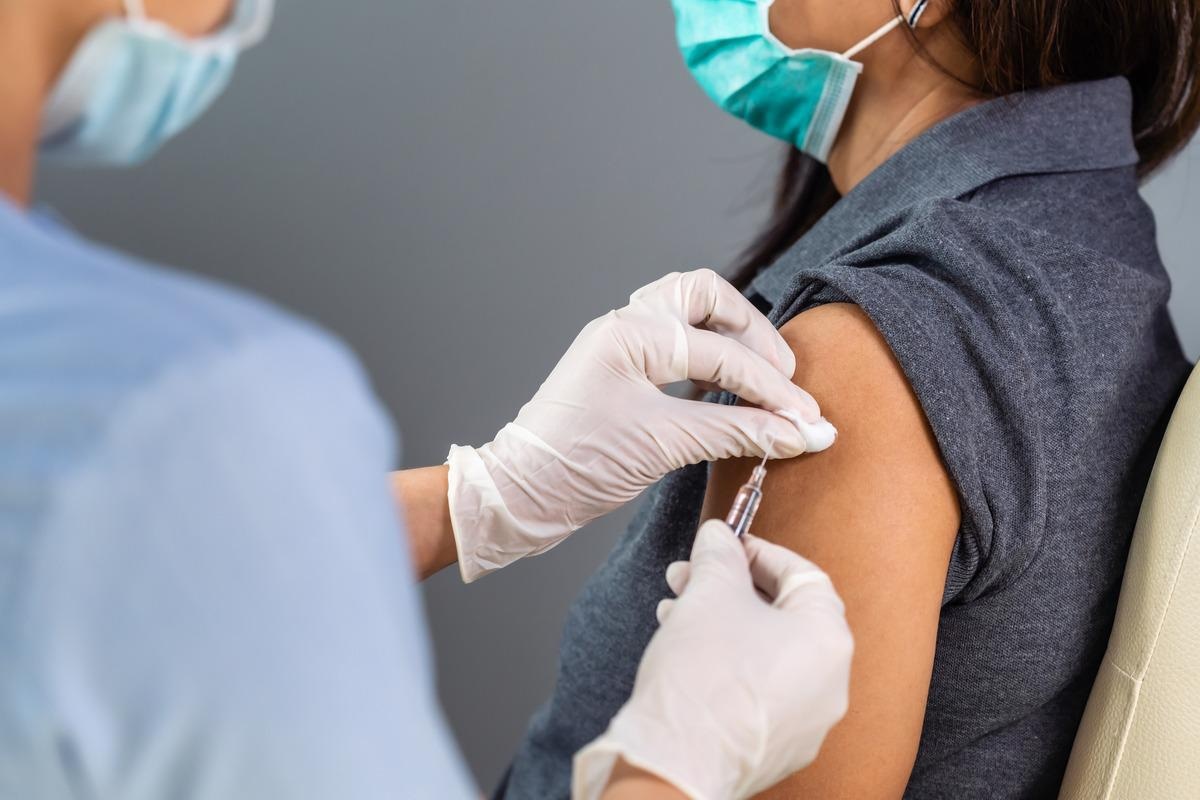Systems vaccinology uses high-throughput -omics measurements and systems-based analysis to better understand the immune responses to vaccination. The growth in this field began with the initial studies of yellow fever and seasonal influenza vaccines, which have now expanded to several vaccines and vaccine platforms. Although they have led to important discoveries, their applications have been restricted to immune responses to a single vaccine. This has led to hindering their ability to examine the findings as well as how differences in vaccine formulations impact immunogenicity.

Background
One more important finding of these studies is the identification of early transcriptional signatures predictive of immune response quality. This can help in a more rapid and personalized evaluation of vaccine efficacy leading to the development of improved next-generation vaccines. However, the predictive signatures prescribed to date are in the context of responses to a single vaccine.
Previous research has been carried out to determine whether there was a ‘universal signature’ that could predict responses to different antibody classes. These studies could indicate distinct transcriptional signatures of antibody responses to different classes of vaccines and protein recall, primary viral, and anti-polysaccharide responses. However, they could not identify a universal signature of vaccination.
A new study published in the preprint server bioRxiv* aimed to carry out a comparative analysis of transcriptional responses from 820 healthy young adults across 13 different vaccines by leveraging Immune Signatures Data Resource, which is a curated dataset consisting of transcriptional and immune response profiling of peripheral blood following vaccination in humans.
About the study
The study involved gene expression preprocessing, which was followed by batch correction. After that, the differentially expressed genes were identified, followed by gene set enrichment analysis as well as gene and module sharing analysis. The patients included in the initial analysis were restricted to 18 to 50 years old and had similar age and sex distributions across vaccines.
Antibody titers were measured by hemagglutination inhibition assay (HAI), neutralization assays, or immunoglobulin G (IgG) levels measured by ELISA. The fold change in antibody response metric was defined as the maximum fold change (MFC) of any antigen strain at day 28 as compared to pre-vaccination for vaccines that comprise multiple strains of viral antigen. The high and low responders were identified separately to determine the difference in antibody response. Finally, the predictive signatures of antibody responses were identified.
Study findings
The results indicated less overlap at the gene level as compared to the level of blood transcriptional modules (BTMs). The most commonly induced models were clustered into four groups, Cluster 1, which was upregulated on Days 1 and 3 postvaccination, Cluster 2, which was downregulated on Day 1, and Cluster 3 & 4, which peaked on Day 7 post-vaccination. Cluster 1 was prominently induced in vaccines that contained a live viral vector while Cluster 3 was most induced in the case of the polysaccharide pneumococcal vaccine and the conjugate meningococcal vaccine.
The response to most vaccines on Day 1 and Day 7 indicated plasma and cell cycle responses, respectively, while response on Day 3 was in between the two states. However, these responses were not universally shared across all the vaccines. The responses were highly correlated across most vaccines on Day 1 post-vaccination at the gene level. They were reported to become more divergent at later time points.
The response to the yellow fever vaccine YF-17D was quite different and even negatively correlated with responses to all other vaccines. The innate pathways that were upregulated in other vaccine responses were downregulated for the yellow fever vaccine on Day 1. Also, the expression of antiviral and interferon pathways was quite late in the case of the yellow fever vaccine response.
The results also indicated that a plasma cell module M156.1 associated with response in influenza vaccination on Day 7 could predict responses across many vaccines but at different time points. This module was further found to act as a time-variable universal signature of antibody responses to vaccination. Also, the M156.1 plasma cell module was reported to predict similar antibody responses in both young and older individuals.
Conclusion
Therefore, the current study determines a transcriptional atlas of the human immune response to vaccination. The study was able to identify a common and time-adjusted signature of antibody responses to vaccination that applied to multiple vaccines. These results can help in future research of vaccine-induced immunity for the development of improved adjuvants as well as vaccines.
*Important notice
bioRxiv publishes preliminary scientific reports that are not peer-reviewed and, therefore, should not be regarded as conclusive, guide clinical practice/health-related behavior, or treated as established information.
- Hagan, T. et al. (2022). Transcriptional atlas of the human immune response to 13 vaccines reveals a common predictor of vaccine-induced antibody responses. bioRxiv. doi: https://doi.org/10.1101/2022.04.20.488939. https://www.biorxiv.org/content/10.1101/2022.04.20.488939v1.
Posted in: Medical Science News | Medical Research News
Tags: Antibody, Antigen, Assay, Blood, Cell, Cell Cycle, Efficacy, Fever, Gene, Gene Expression, Genes, Immune Response, immunity, Immunoglobulin, Influenza, Interferon, Protein, Research, Vaccine, Viral Vector, Yellow Fever

Written by
Suchandrima Bhowmik
Suchandrima has a Bachelor of Science (B.Sc.) degree in Microbiology and a Master of Science (M.Sc.) degree in Microbiology from the University of Calcutta, India. The study of health and diseases was always very important to her. In addition to Microbiology, she also gained extensive knowledge in Biochemistry, Immunology, Medical Microbiology, Metabolism, and Biotechnology as part of her master's degree.
Source: Read Full Article